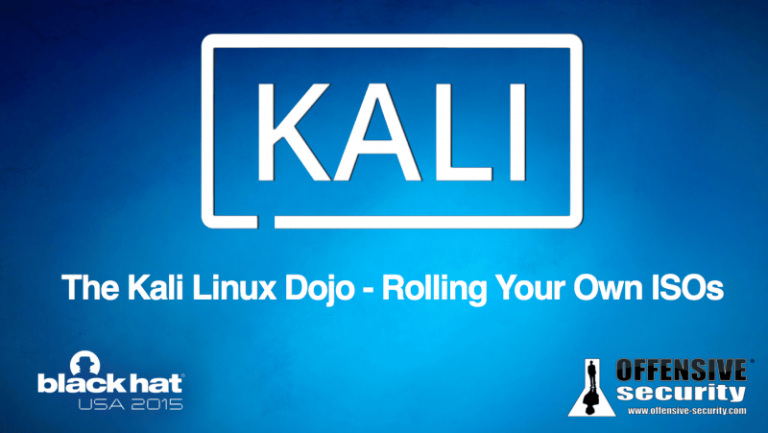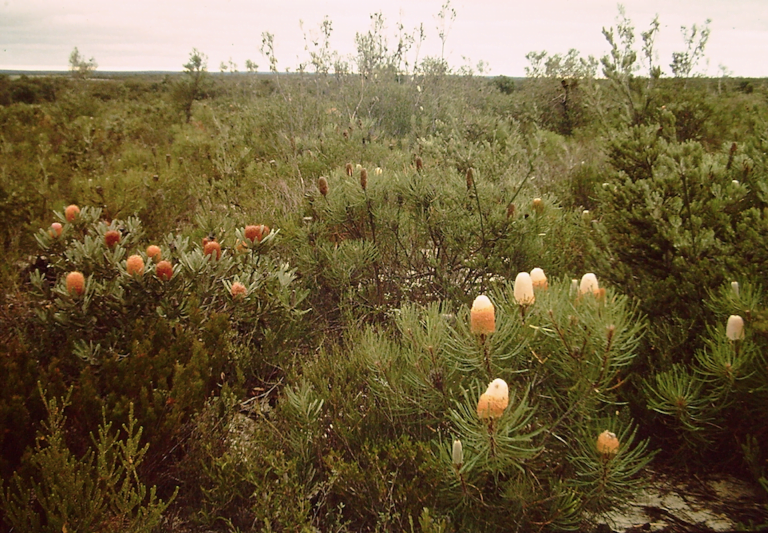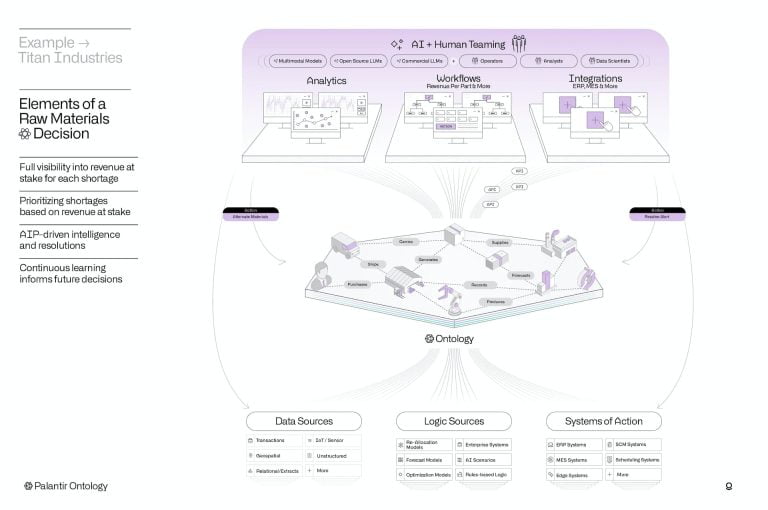Here is a very quick announcement for users of the Kali Linux Docker Images.
Until recently we used to have a Docker image named simply kali, and it was built from the last versioned release of Kali (e.g. 2019.4, 2020.1, etc.) matching our “kali-last-snapshot” network repositories branch. In a way, this is our “stable” release, as it will only get updates quarterly as it is in synchronisation with our release cycle.
We still provide this Docker image, but now it has been renamed from kali to kali-last-release for clarity.
The old kali Docker image is still around for the time being, but if you use it you will see a deprecation warning to indicate that it is in the process of being phased out. The rest of the deprecation plan is as follow:
- Upon Kali
2022.1release, we will update the image to make it fail, meaning that the container will error out with a helpful message when you try to run it. - Upon Kali
2022.2release, we will completely remove it from our Docker Hub.
So if you still use this image in your scripts or Dockerfiles, please update those and use kali-last-release instead.
An additional reminder: if you are after the most up-to-date version of Kali, you probably want to use the kali-rolling Docker image. This is the “main” image (which matches our other platforms), and it is updated every week (the network packages get updated daily also like all other Kali platforms).
For lots more details, please refer to our official Kali Docker documentation.
Thank you and happy 11111100110!
PS – On a related topic: the Kali images were recently added to the containers shortnames list. It means that Podman users can run a Kali container simply by typing podman run -it kali-rolling, rather than using the full image name docker.io/kalilinux/kali-rolling. This works if the host system provides a very up-to-date shortnames list in /etc/containers/registries.conf.d/shortnames.conf. If your host system is Kali Rolling, that’s already the case!






